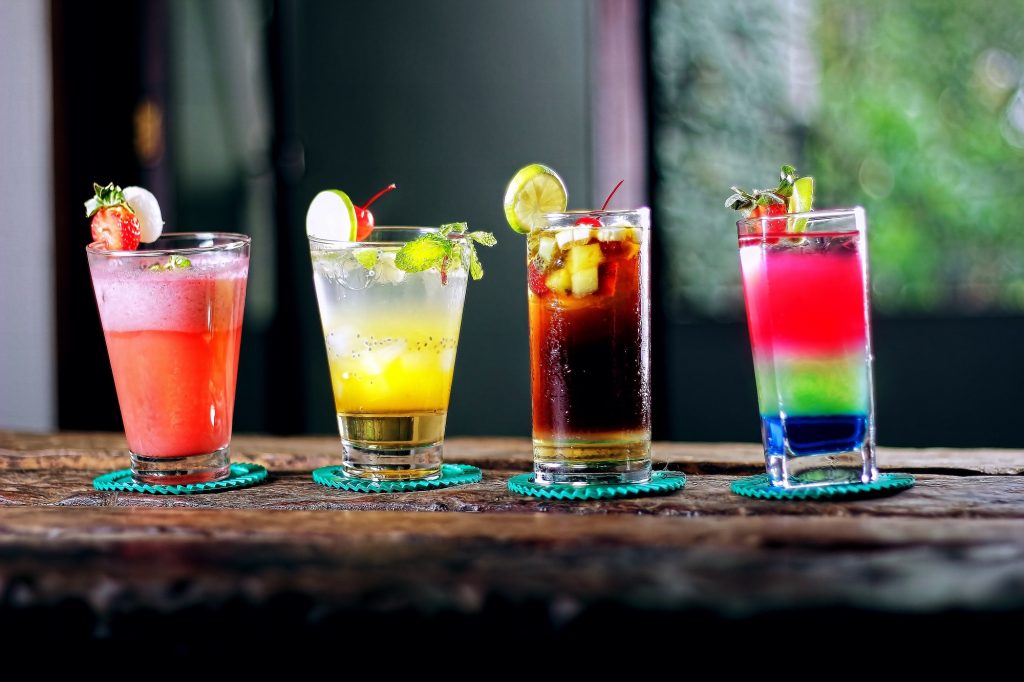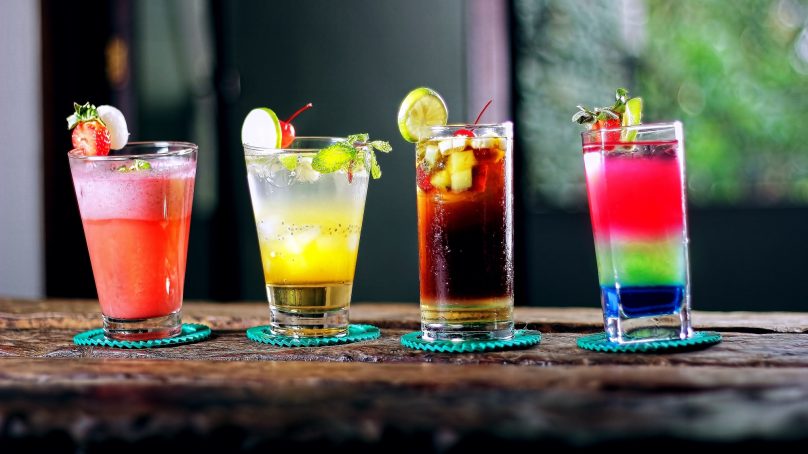 The world is slowly tapping into the post COVID-19 era, trying to reshape what has been drastically disrupted. The F&B industry is no different, and specifically the beverages sector. This category has been radically hit as consumers have become their own baristas and bartenders. EHL explains what drinks trends to expect this year, and here’s what you should know.
The world is slowly tapping into the post COVID-19 era, trying to reshape what has been drastically disrupted. The F&B industry is no different, and specifically the beverages sector. This category has been radically hit as consumers have become their own baristas and bartenders. EHL explains what drinks trends to expect this year, and here’s what you should know.
The bubble tea craze
Despite being invented in the 1980s, bubble tea is set to see its popularity soar to new heights. From the US to Germany, China to Brazil, the bubble tea industry is going global with its market expected to grow by almost USD 2 billion to reach USD 4.3 billion by 2027.
Fermented drinks as a health-booster
Increased awareness on the importance of fueling our body with quality and nutritious food and drink is driving a rapid growth in fermented beverages. Probiotic beverages are expected to achieve over USD 77 billion in sales by 2025, almost double the revenue generated worldwide in 2018. While kombucha has been topping the leaderboard for some years, it’s now got some serious competition.
Water kefir, with its more diverse probiotic strains shown to help boost the immune system and aid digestion, is gaining momentum and creeping into the mainstream. As is the fermented Mexican soda Tepache – another healthy, flavorsome, sustainable alternative to kombucha.
Boxed wine as a sustainable (and sanitary) choice
Did you know that during the COVID-19 pandemic, bag-in-a-box wine was the supermarket alcoholic “go-to” beverage?
The draw? Beyond the product within the bag, boxed wine is easier to store, it better preserves open wine, and is proving a more hygienic and sustainable option, in particular for restaurants. With each three-liter box generating about half the carbon dioxide emissions to that of a glass bottle, boxed wine is also cheaper to transport, stock and more environmentally-friendly. Something that even the more premium wine houses can’t ignore.
While wine connoisseurs may jump to the conclusion that boxed wine equates to poor quality, industry experts are suggesting that that’s changing, and fast, as sales are forecast to continue surging around the world in 2021.
Canned cocktails with premium products
Many are longing for the days when original creations were served ready-made for immediate consumption.
Well, spirit brands and hotel chains like the Marriott have wasted no time to offer the perfect solution and create a variety of delicious, bartender-quality, ready-to-drink cocktails in cans. Tipped to be the hottest trend in the alcoholic beverage space in 2021, the development of prepared cocktails-to-go has, according to Nielsen Premium Panel data, accelerated 171% in 2020, and shows no signs of slowing down.
With high-quality ingredients, authentic flavors, options between low-calorie, sugar and alcohol or premium spirits, and convenient and sanitary packaging – grab-and-go cocktails are here to stay.
Spiked sodas and alcohol-free beers and spirits
With interest in low and no alcohol by volume (ABV) drinks skyrocketing over the last few years, more and more people are looking for a middle ground between tee-total and drinker, between functional and indulgent, between high-quality and convenient.
Consequently, low and non-alcoholic beverages are flooding the market and is the space to watch. From non-alcoholic beers and premium mocktails by spirit brands to the boom of hard seltzers now spilling over into hard coffees and kombucha – consumers are going to be spoilt for choice. Whether it’s wanting something with less sugar and alcohol, with premium products, looking for a slight ‘kick’ in traditional non-alcoholic beverages or an alternative to beer, this growing category ensures there’s something for every taste bud and type of drinker.















